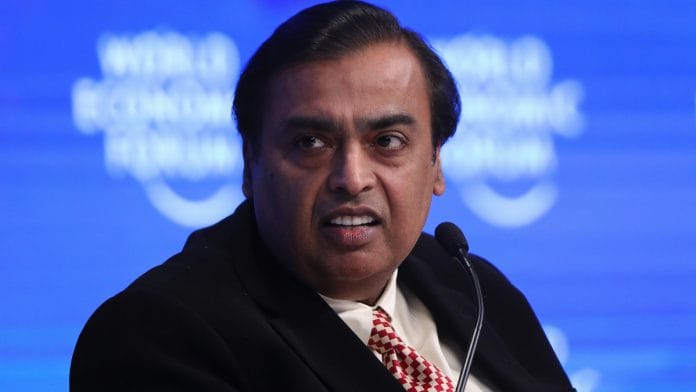Jio currently has 280 million subscribers, while Ambani’s retail arm operates nearly 10,000 outlets.
Bengaluru: Reliance Industries Ltd. will roll out its online shopping platform to 1.2 million retailers and store-owners in western India, sketching out an ambitious plan to take on Amazon.com Inc. and Walmart Inc.’s Flipkart on its home turf.
Mukesh Ambani, Asia’s richest man, intends to take on the world’s largest retailers by combining his Jio telecom service, mobile devices and a vast physical retail network. The energy-to-consumer conglomerate joins Amazon and Flipkart in expanding aggressively across the world’s fastest-growing major e-commerce market, where organized retail is still a rarity.
“Jio and Reliance Retail will launch a unique new commerce platform to empower and enrich our 12 lakh small retailers and shopkeepers in Gujarat,” the Reliance chairman said at an event in the state on Friday. Twelve lakh is equivalent to 1.2 million.
Fast-growing Jio currently has 280 million subscribers, while Ambani’s retail arm operates nearly 10,000 outlets across more than 6,500 Indian cities and towns. They’ll team up to bring merchants aboard through Jio’s apps and devices, V. Subramaniam, a top executive at Reliance Retail, said Thursday after the company put out quarterly numbers.
Last month, India tightened rules that will disallow foreign-owned online retailers from selling products via companies in which they own equity, and forbid them from pushing merchants to sell exclusively through their platforms. The rules are expected to affect the operations of both Amazon and Walmart, which acquired Flipkart Online Services Pvt in a $16 billion deal. They’re expected to benefit local enterprises such as Reliance.
Ambani has been gradually revealing details of his plans in e-commerce. In July, he said his platform would use augmented reality, holographs and virtual reality to create an “immersive shopping experience.” –Bloomberg







One hopes some of the benefits of this enterprise will accrue to India’s farmers, giving them better channels to market their produce, earn a higher percentage of the retail price paid by urban consumers.